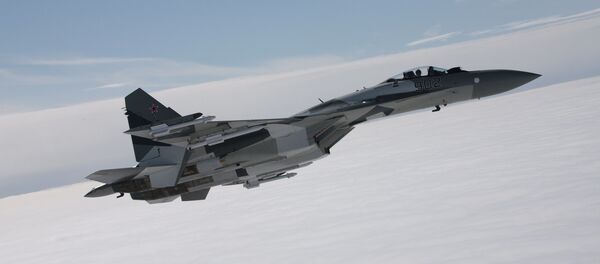The review restated the government's commitment to spend £12 billion ($18 billion) acquiring 138 of the aircraft, split across both "A" (conventional) and "B" (short takeoff and vertical landing) configurations.
The United Kingdom originally planned to have only eight F-35s in service by 2023. But now, according to UK Chancellor George Osborne, 24 of the jets will be deployed on Britain’s new carriers, HMS Queen Elizabeth and HMS Prince of Wales.
"We are going to step up the aircraft carrier punch of the United Kingdom. We are going to make sure that when these aircraft carriers are available they are going to have planes that can fly from them in force," Osborne told the BBC.
"By 2023, we will be able to have these jets – some of the most powerful in the world – the F-35, on the decks of these carriers and Britain, second only to the United States, will be able to project power abroad in order to defend ourselves at home."
While all 138 F-35s have been committed to, financing announced in the review covers only the first 42 aircraft to be in service by 2023. Eighteen of those first 42 will be used in the training fleet or in maintenance, according to the Sunday Times.
While the United States is the primary customer and backer of the aircraft, the United Kingdom was the sole "level 1" partner, contributing about £1.7 billion to the development.
The F-35 program's overall cost has ballooned to more than $1 trillion, making it the most expensive weapons program in the Pentagon's history. The aircraft has suffered from a long line of flaws including systems malfunctions, schedule delays and cost overruns.



